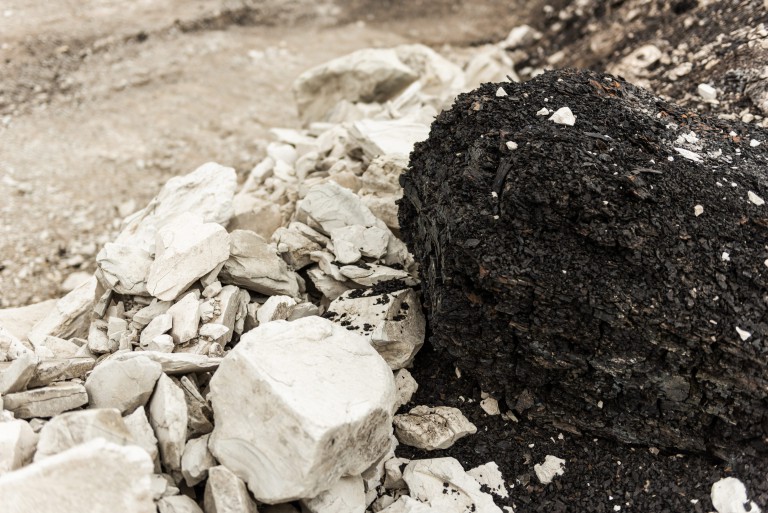Any mined material which is composed primarily of the fossilized exoskeletons of diatoms can be defined as a diatomaceous earth. This material can come from a fresh or salt water deposit.
Each deposit is different, not only in the species, shape and age of the diatoms it contains but also in the wide range of other elements present in the material.
It is often believed that the silicon dioxide (SiO2 or amorphous silica) content of a diatomaceous earth product is a measure of its purity however, this is not the case.
Silicon dioxide (Si02 or amorphous silica) is the main element in diatomaceous earth however all diatomaceous earth products, in their natural (raw) state, typically contain 20-35% addition elements other than silica.
Color and formulation also vary between deposits and can be affected by the manufacturing processes. These characteristics are also not a measure of purity.
It is the presence of the diatoms that define a diatomaceous earth and their species, shape and particularly the age of the diatoms that define their ability to function for certain purposes. As well, the way in which the DE is prepared (calcined or non-calcined) also plays an important role in the end products use. For example, diatomaceous earth that is heated to a very high temperature (calcined) can be used only as a filtering aid in swimming pools and should not be consumed or inhaled (due to its high crystalline silica content). Natural diatomaceous earth, on the other hand, is non-calcined. It is not considered harmful and can be ingested by animals.
For more information on the importance of species, shape and age please see Diatoms: The Importance of Shape and Age


